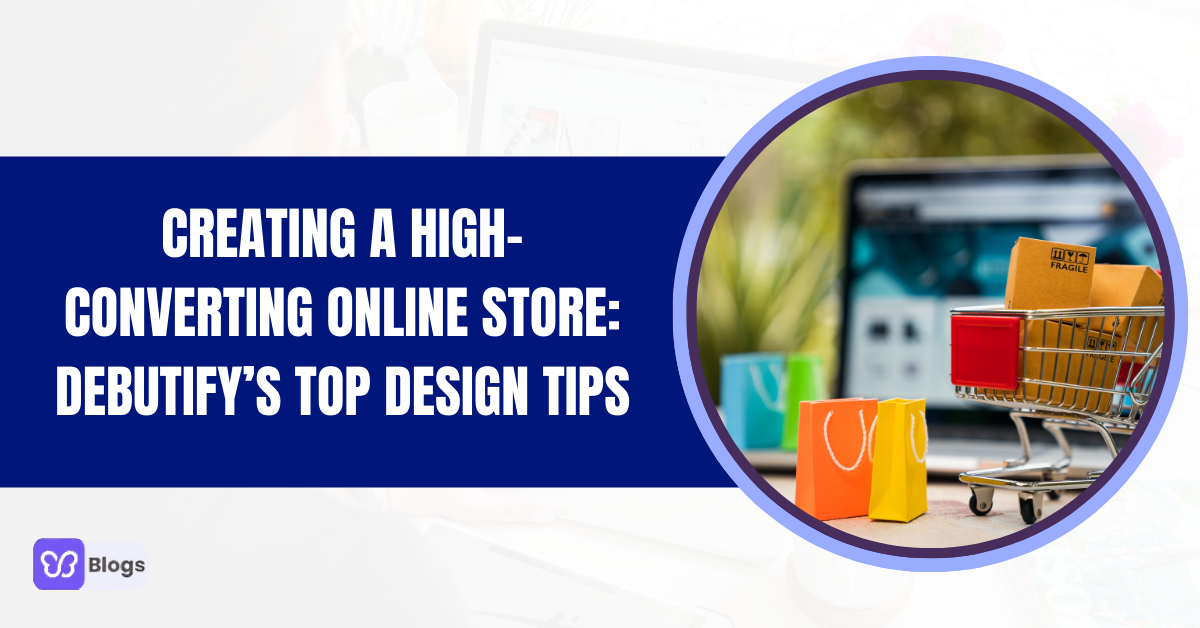How many languages does the world have?
There are now 7151 languages in the whole world! But 23 of them account for more than half of the entire population.
And as a savvy eCommerce brand owner who wants to keep thriving and grow online... You need to give importance to the many languages.
Why?
Because the internet is continuing to become a global marketplace.
And adapting eCommerce multi-language features to your online store gives you the chance to grow your business beyond your imagination.
But for other business owners, putting different languages on their eCommerce website means one thing...
Nightmare!
Some say that it's too much work. And they think that a multilingual website isn't worth the effort.
But that's because they don't know how to properly leverage this opportunity.
Luckily, you will now learn how to overcome this as you go through...
- Advantages of a multilingual eCommerce store
- Best practices to succeed as a multilingual eCommerce website
- The difference between multilingual and multilocation SEO
- Search engine optimization strategies your business can leverage
Let's take a closer look...
What Are The Benefits Of A Multilingual eCommerce Store?
An online store offering the use of different languages means it has...
Better Search Engine Optimization
You may know someone in your life that is a polyglot, a person who can speak multiple languages.
And aren't they impressive?
That's how Google sees a multi-language website, too.
As search engines find that you have different URLs in your site map and relevant multilingual content... it ensures that your eCommerce platform has great authority.
When Google and other search engines index you well, you'll also enjoy the benefit of...
Broader Target Audience
Undoubtedly, you'll open your eCommerce store to more customers as you include more languages.
It will even be more suitable for your growth if you happen to offer global shipping.
It's the step you have to take to provide global access. Online shoppers can choose their preferred language, making your business highly favored.
Remember; a wide top-of-funnel means you can get more conversions at the end of it.
Of course, a multilingual eCommerce website will naturally...
Increase Sales
With just the default language set on your online store, you might be restricted to your local market sales.
But with broader access to different groups of people, international customers can learn about your products or services.
It's simple math... more customers, more conversions, more sales!
Yep, opening your business to other languages is one of the easiest ways to improve sales.
And you can reap the benefits with these...
Best Practices When Building A Multilingual eCommerce Site

Before we get to the technicalities of managing a multilingual website, let's start easy with...
1. Enhance Customer Experience
Running an eCommerce store means ensuring that your customers' journeys are up to par.
A multilingual eCommerce store means you have to exceed your customers' expectations. Begin with a...
✅ Language Option
Your site visitors should immediately see this button to find their target language.
It's usually at the top of online stores to make it easier to find.
On your customization options, create a button that suits the overall design of your eCommerce site.
For instance, the first thing you see when you visit the Fujifilm website is this:

Depending on the area you choose, it will redirect you to different appropriate websites that support multiple languages.
Another feature to improve customer experience is a...
✅ Consistent Content
See to it that all your store's content is translated to the users' selected language. This helps ensure that they'll stay long enough to purchase.
That means your product details up to the payment gateways are in the same language.
Think of it like this... Wouldn't it seem weird that when going from one page to another, the language keeps on changing?
Lastly, there are nuances you need to think about when running a multilingual site, such as...
✅ Proper Language Translation
It's tempting to use Google Translate for your website translation needs.
But it's not good enough for your growing multilingual eCommerce business!
Some things might get translated out of context and confuse potential customers. So, you can choose a reliable human translation or automatically translate with a trustworthy platform.
These features can create an excellent eCommerce store experience.
Let's get to the juicy part where you'll learn HOW to support it further...
2. Focus On Multilingual SEO And Multilocation SEO

As a smart eCommerce business owner, you strive to build an SEO-friendly website. Search engine optimization also holds for a multilingual website.
You might be wondering what's the difference between multilingual SEO and multiregional SEO. To put it in a nutshell...
- Multilingual SEO (Multi-language SEO) is optimizing your content in various languages.
- Multilocation SEO (Multi-regional SEO) is also optimizing website content to target internet users in different countries/regions.
You can see how these strategies overlap.
And that's why we'll discuss both of them as we go along.
There's one more thing for you to implement the following practices effectively.
Make sure that your eCommerce solution can support features such as multilingual plugin, automatic translations, machine translation, etc.
Consider this: Out of all the eCommerce platforms, Shopify has the most market share in the US for a reason.
With this hosting provider, you can choose a multi-language Shopify theme. It's easy to change the language of your store with the right theme.
The platform also allows you to use a translation app for your translation solutions.
Once you have full control of your eCommerce solution/platform, you can begin to...
✅ Create Unique URLs
You can optimize your multilingual website by creating unique, country-specific URLs for different languages. Use syntaxes such as...
- subdomains: de.myonlinestore.com
- subdirectories with gTLDs: myonlinestore.com/de
- country-specific domain: myonlinestore.de
Here's a warning...
Don't use URL parameters!
URL parameters like myonlinestore.com?lang=de will just worsen your website SEO.
Some online stores ignore the next strategy. But as a savvy multilingual eCommerce website, yours need to...
✅ Use Site Maps And Tags
A sitemap or hreflang is a foundation you should not skip out on for multilingual online stores.
A sitemap is support for Google's (and other search engines) crawlers to navigate your website.
With these, they'll know all your pages and the language it is set to.
The hreflang tags will help Google on indexing your website.
Take a look at the example below.
The home page is in English. It's also available in British English and French. The default fallback is the US home page.
If this is too technical for you, don't worry.
There are Hreflang code generator tools to help you. All you have to do is copy and paste the code. And it's free, too!
The hreflang Tags Generator Tool. This tool generates hreflang tags for your multi-language eCommerce store. Just type your URL and the language, and you're all set.

You might be enticed to translate your content based on the users' countries of IP. On the contrary, you need to...
✅ Redirect Users Based On Their Preferred Language
Before you redirect based on their IP geo-localization, think of Switzerland.
They have 4 national languages! Where users live does not necessarily mean they speak the language.
Plus, some tourists and travelers are unfamiliar with the local language, which you have to think about.
The best practice of redirecting is to base it on their browser preferences. Or just ask them what language they prefer.
Easy peasy!
We've talked a lot about multilingual eCommerce SEO. Let's shift a bit and discuss running a multi-location eCommerce store...
✅ Optimize Location Pages
Further, help Google to know your page by including your specific location on the title tag and meta description.
Take a look at the result when I search for "Kombucha San Francisco" on Google.

This website has the location on its description, which helped them appear on the first page of SERPs.
You can get the attention of potential customers when you...
✅Create A Google My Business Account
Optimizing your Google My Business gives you more chance of ranking first on local organic results. Which helps your brand awareness!
So update your information with more detail. Include your website, physical address, contact information, etc.
For instance, this coffee shop in New York includes reviews, links, and photos on its listing.

There are also different platforms you can take advantage of...
✅ Get Local Business Listings For Different Locations
When you claim a local business listing, it shows Google that you have higher authority and are credible.
So, check relevant sites such as Yelp or Bing to manually claim your business in local directories.
Just like before, include detailed information about your eCommerce store.
Another practice that helps your business overall is to...
✅ Highlight Reviews
Reviews are the ultimate social proof to convert prospective customers. It also positively affects your rating on the GMB listing.
Let me tell you a must-have tip...
You can smoothly gain reviews with just a few steps! Debutify Reviews is now here for you to manage and show off your reviews.
So don't miss out!
A multi-location eCommerce store needs to...
✅ Build Backlinks For Different Locations
Remember... You want to rank high across a variety of locations.
Backlinking to each page for each location will help you improve that.
You can get featured on local sites when you contact local bloggers or participate in local events.
Building a local network will help you earn more backlinks, which leads to higher rankings.
To further support your site, you can...
3. Take Extra Steps
Your translation to a whole new language should not stop at just your website.
Another key feature you can focus on is...
✅ Emails
When you run a multilingual website, it should also reflect on your newsletters, notifications, and confirmation emails.
✅ Invoices
Imagine getting your invoice, including the currency and country-specific tax... are translated and adapted to fit your language and location?
That's one of the best customer experiences you can give!
To sum it up...
Translate, Transform, And Turn Up Traffic!
Running a multilingual eCommerce business takes time and significant effort to thrive.
As long as you choose the right support system to manage it, you'll reap the benefits of increasing brand visibility and attracting more customers.
Speaking of choosing the perfect support...
Try Debutify as your multilingual Shopify theme! It can make your site more relatable for customers.
With over 50 Add-Ons, you can also improve your conversion rate and profits!
Build A Multilingual eCommerce Website With Debutify... For Free!
14-Day Free Trial. 1 Click Installation. No Credit Card Required.



